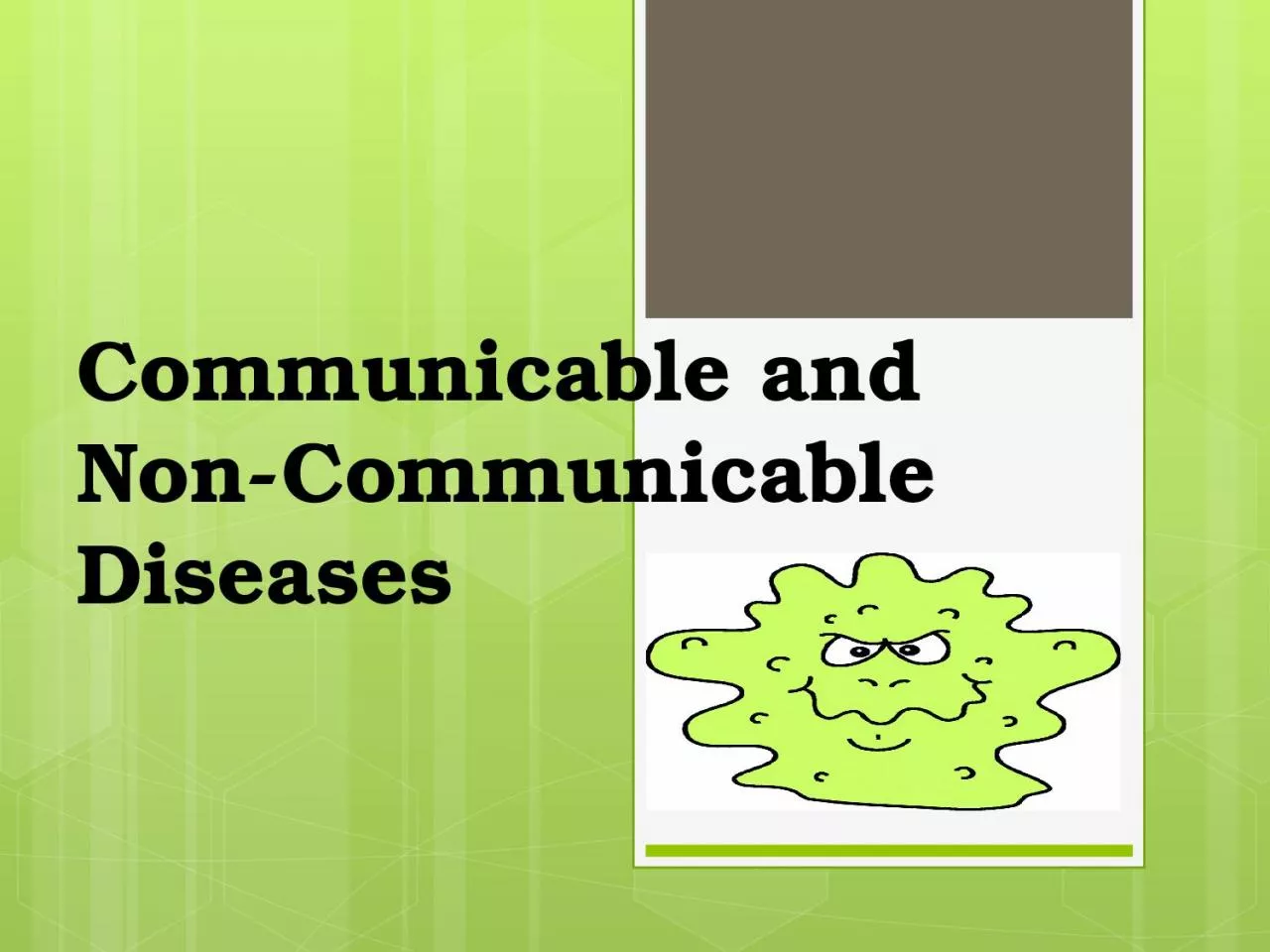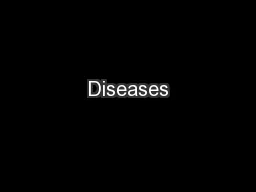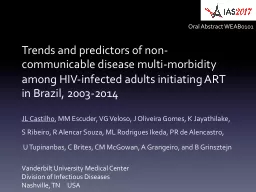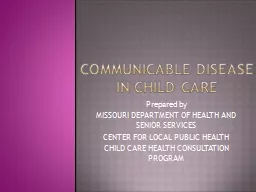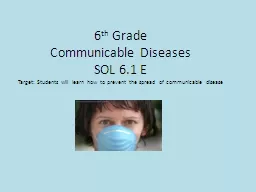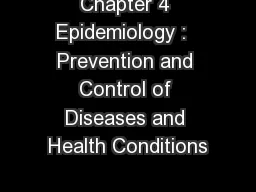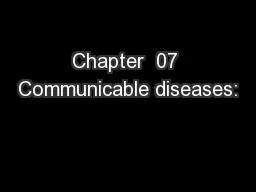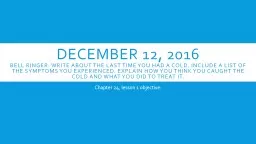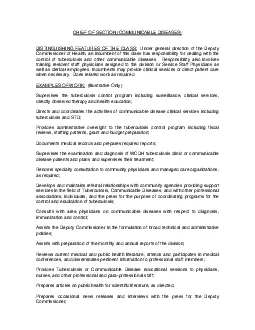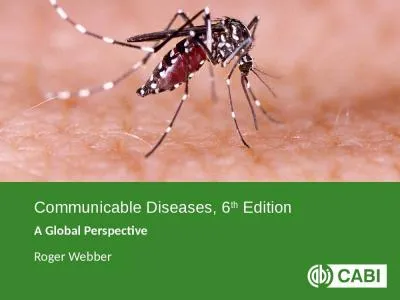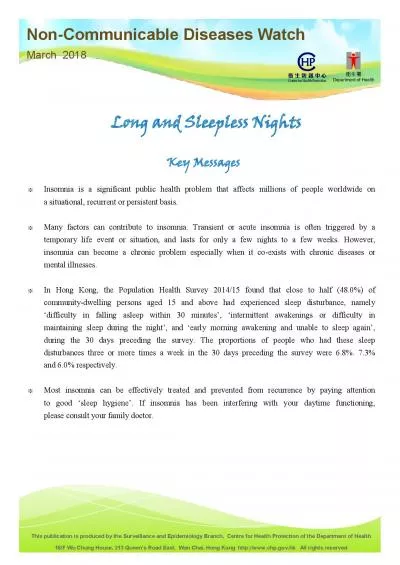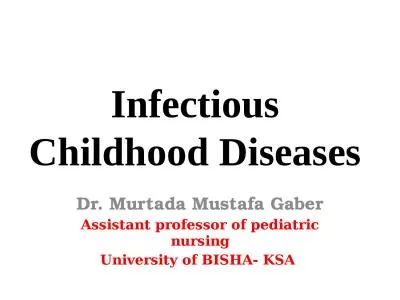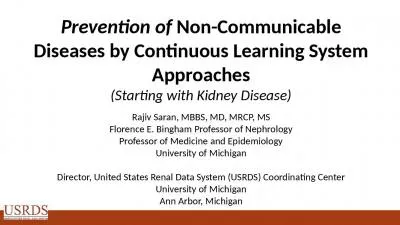PPT-Communicable and Non-Communicable Diseases
Author : sadie | Published Date : 2024-02-09
Lets See If you can guess There are 2 Diseases with definitions on your table onebyone I will call you up and tell you Yes or No the Yes group goes to one side of
Presentation Embed Code
Download Presentation
Download Presentation The PPT/PDF document "Communicable and Non-Communicable ..." is the property of its rightful owner. Permission is granted to download and print the materials on this website for personal, non-commercial use only, and to display it on your personal computer provided you do not modify the materials and that you retain all copyright notices contained in the materials. By downloading content from our website, you accept the terms of this agreement.
Communicable and Non-Communicable Diseases: Transcript
Download Rules Of Document
"Communicable and Non-Communicable Diseases"The content belongs to its owner. You may download and print it for personal use, without modification, and keep all copyright notices. By downloading, you agree to these terms.
Related Documents

